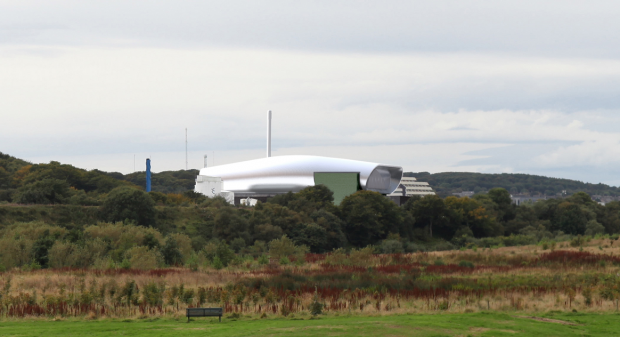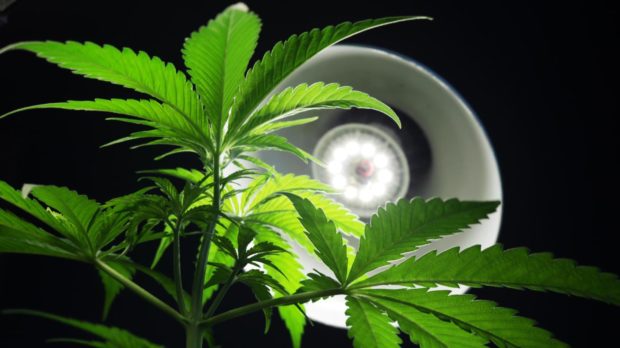Experts are divided over any health effects caused by incinerators.
Earlier this year, one warned people in Aberdeen that they could end up with “damaged arteries” and “neurological diseases” if the energy from waste plant was approved.
Professor Vyvyan Howard, who studied the toxicological effects of particles and gave evidence on a similar proposal for Cork harbour, warned against the move.
He said: “There are a number of problematic issues which affect all incinerators and the production of ultra-fine particles, which incinerators produce in vast numbers, is a very major one.
“While bigger particles can be controlled to some extent, there is little that can be done to abate ultra-fines. They can get down to the bottom of the lungs and then into the blood stream where they cause damage to the lining of arteries.
“Another concern is that ultra-fine particles can cause proteins to misfold.”
But Jason Hayler, executive director of the Environmental Services Agency, defended the use of incinerators.
He said: “Emissions from these plants are among the most tightly regulated for industrial installations in Europe.
“Study after study has shown that this technology, used all over the world without incident, poses little risk to human health.”










